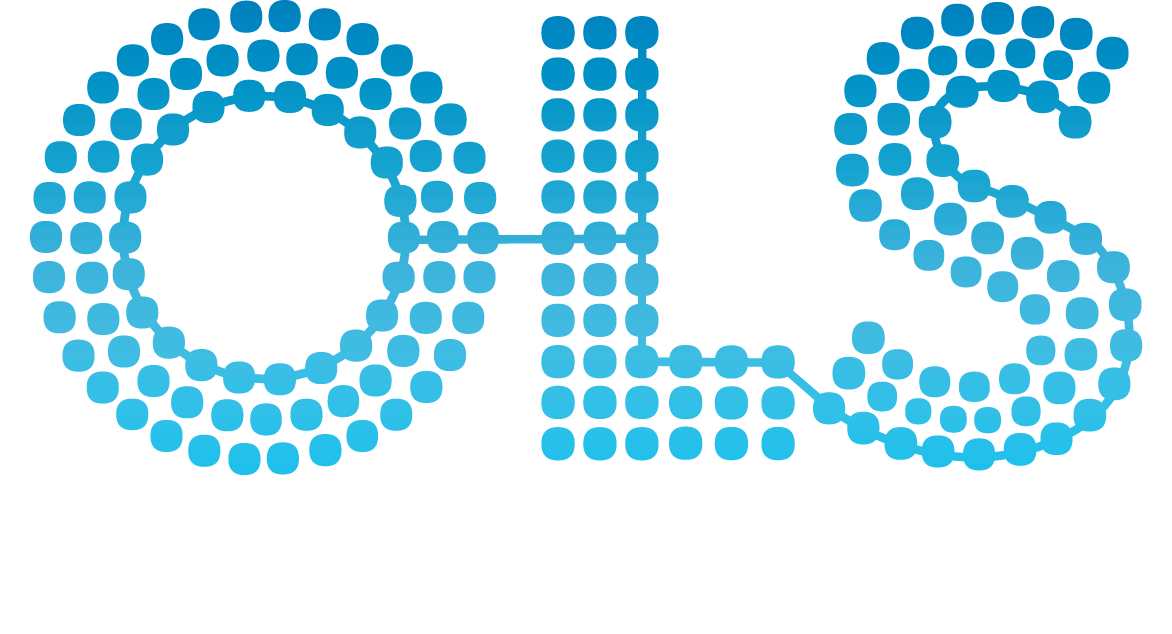|
regulation of biological process
|
GO_0050789 |
[Any process that modulates the frequency, rate or extent of a biological process. Biological processes are regulated by many means; examples include the control of gene expression, protein modification or interaction with a protein or substrate molecule.] |
|
erythrocyte differentiation
|
GO_0030218 |
[The process in which a myeloid precursor cell acquires specializes features of an erythrocyte.] |
|
myeloid cell differentiation
|
GO_0030099 |
[The process in which a relatively unspecialized myeloid precursor cell acquires the specialized features of any cell of the myeloid leukocyte, megakaryocyte, thrombocyte, or erythrocyte lineages.] |
|
cell differentiation
|
GO_0030154 |
[The cellular developmental process in which a relatively unspecialized cell, e.g. embryonic or regenerative cell, acquires specialized structural and/or functional features that characterize a specific cell. Differentiation includes the processes involved in commitment of a cell to a specific fate and its subsequent development to the mature state.] |
|
megakaryocyte differentiation
|
GO_0030219 |
[The process in which a myeloid precursor cell acquires specializes features of a megakaryocyte.] |
|
larynx development
|
GO_0120224 |
[The biological process whose specific outcome is the progression of a larynx from an initial condition to its mature state. This process begins with the formation of the larynx and ends with the mature structure. A larynx is a continuation of the pharynx that is involved in breathing, sound production, and protecting the trachea against food aspiration.] |
|
anatomical structure development
|
GO_0048856 |
[The biological process whose specific outcome is the progression of an anatomical structure from an initial condition to its mature state. This process begins with the formation of the structure and ends with the mature structure, whatever form that may be including its natural destruction. An anatomical structure is any biological entity that occupies space and is distinguished from its surroundings. Anatomical structures can be macroscopic such as a carpel, or microscopic such as an acrosome.] |
|
animal organ development
|
GO_0048513 |
[Development of a tissue or tissues that work together to perform a specific function or functions. Development pertains to the process whose specific outcome is the progression of a structure over time, from its formation to the mature structure. Organs are commonly observed as visibly distinct structures, but may also exist as loosely associated clusters of cells that work together to perform a specific function or functions.] |
|
larynx morphogenesis
|
GO_0120223 |
[The process in which the larynx is generated and organized. The larynx is a continuation of the pharynx that is involved in breathing, sound production, and protecting the trachea against food aspiration.] |
|
animal organ morphogenesis
|
GO_0009887 |
[Morphogenesis of an animal organ. An organ is defined as a tissue or set of tissues that work together to perform a specific function or functions. Morphogenesis is the process in which anatomical structures are generated and organized. Organs are commonly observed as visibly distinct structures, but may also exist as loosely associated clusters of cells that work together to perform a specific function or functions.] |
|
anatomical structure morphogenesis
|
GO_0009653 |
[The process in which anatomical structures are generated and organized. Morphogenesis pertains to the creation of form.] |
|
regulation of blastocyst development
|
GO_0120222 |
[Any process that modulates the frequency, rate or extent of blastocyst development.] |
|
regulation of developmental process
|
GO_0050793 |
[Any process that modulates the frequency, rate or extent of development, the biological process whose specific outcome is the progression of a multicellular organism over time from an initial condition (e.g. a zygote, or a young adult) to a later condition (e.g. a multicellular animal or an aged adult).] |
|
artery wall
|
UBERON_0000415 |
[An anatomical wall that is part of an artery [Automatically generated definition].] |
|
wall of blood vessel
|
UBERON_0035965 |
|
|
anatomical wall
|
UBERON_0000060 |
[Organ component adjacent to an organ cavity and which consists of a maximal aggregate of organ component layers.] |
|
neuron-glial cell signaling
|
GO_0150099 |
[Cell-cell signaling that mediates the transfer of information from a neuron to a glial cell. This signaling has been shown to be mediated by various molecules released by different types of neurons, e.g. glutamate, gamma-amino butyric acid (GABA), noradrenaline, acetylcholine, dopamine and adenosine.] |
|
cell-cell signaling
|
GO_0007267 |
[Any process that mediates the transfer of information from one cell to another. This process includes signal transduction in the receiving cell and, where applicable, release of a ligand and any processes that actively facilitate its transport and presentation to the receiving cell. Examples include signaling via soluble ligands, via cell adhesion molecules and via gap junctions.] |
|
glial cell-neuron signaling
|
GO_0150098 |
[Cell-cell signaling that mediates the transfer of information from a glial cell to a neuron. This signaling has been shown to be mediated by various molecules, depending on which glial cells release them, and in which tissues the signaling occurs, e.g. microglial cell-derived nerve growth factor (NGF) in the retina, or microglial cell-derived superoxide ions in the cerebellum.] |
|
glycosaminoglycan metabolic process
|
GO_0030203 |
[The chemical reactions and pathways involving glycosaminoglycans, any of a group of polysaccharides that contain amino sugars.] |
